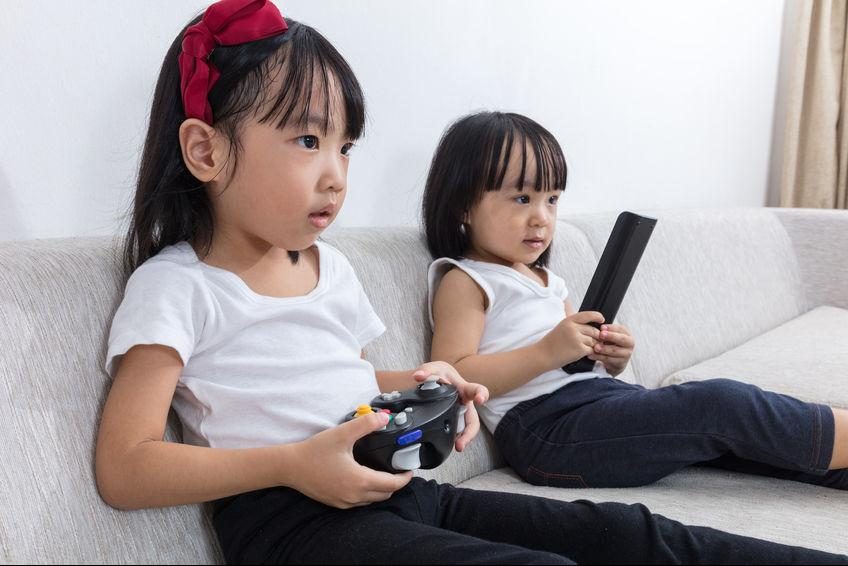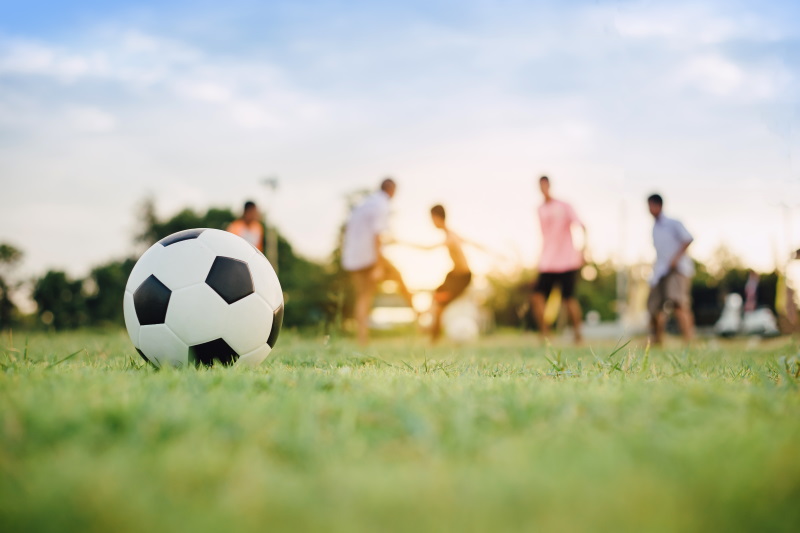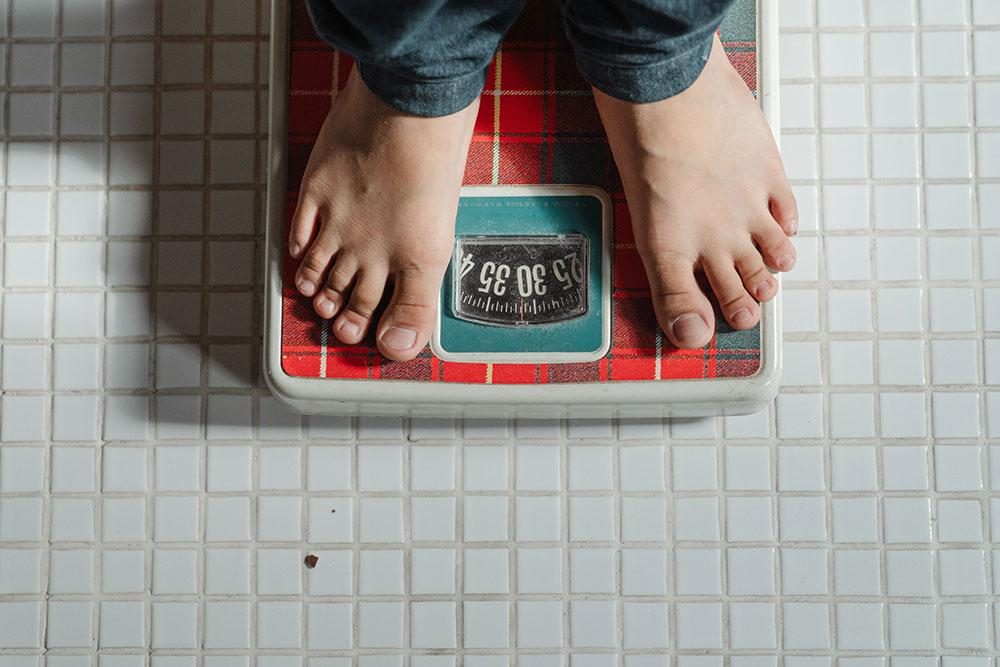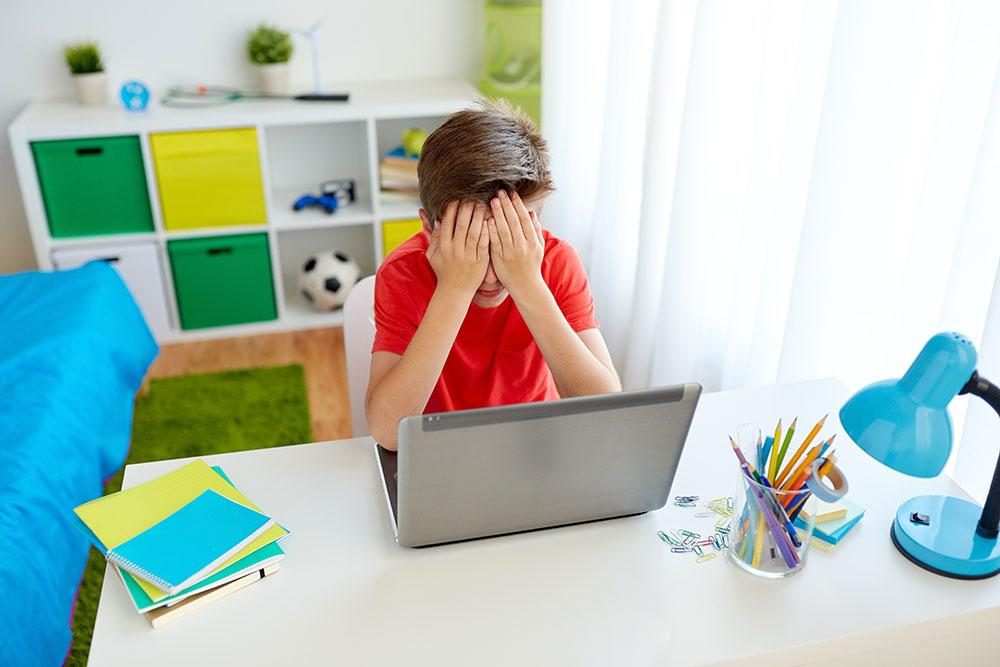How Inactive Lifestyles Are Changing Our Kids
by on 04/05/2022 ...

Physical Inactivity
Physical inactivity or inactive lifestyle is a global health problem affecting not only adults but also children the world over. According to World Health Organisation (WHO), “approximately 3.2 million deaths each year are attributable to insufficient physical activity.”
The statistics probably come as no surprise and are expected to skyrocket for years to come as many children nowadays are given more and more access to what is known as media and new media. The former refers to traditional television whereas latter refers to:
- smart handheld devices with internet connectivity such as smart phones, tablets and,
- social network sites (SNSs) and social media.
Social network sites (SNSs) and social media are not the same, with each carrying a slightly different meaning. Social network is a digital space which allows users to register, create personal accounts or profiles, decide and select who should one make friends with, and communicate with online individuals whom one has selected to be friends with (Agosto & Abbas, 2011). Social media, on the other hand, are more about digital content sharing. YouTube is a good case in point mainly because the main purpose of YouTube is content sharing.
Reasons For Inactive Lifestyles
New technologies, led by the Internet, not to mention the pandemic, are making children less and less active. Many children of this generation don’t go out and play real sports anymore. Partly because they failed to see its relevance: the beauty of “Let’s go out and play.” Partly because maybe we too, as parents, failed to see its relevance. We’re slowly beginning to lose a connection with the natural world. Or, in the words of Richard Louv himself, in his book titled “Last Child in the Woods,” children of this generation are children with “nature deficit disorder.”
Active behaviours are thus slowly being replaced by sedentary behaviours without us realising it. For children and adolescents aged 5-17 years, an hour of Physical Education, held once a week in schools may not be adequate enough to cover at least, as recommended by WHO, 60 minutes of moderate to vigorous-intensity physical activity daily.
Whilst technology makes pretty much everything available at the touch of a button, its long-term effects of over-reliance and excessive use of electronic media on children ought not to be totally ignored. That being said, many modern parents nowadays seem dangerously clueless. They failed to see how children will continue to be impacted by this. Rules parents ought to institute to limit the use of new media by their children, among others, were neglected. Several studies in fact, showed that most parents adopted “no rules” policy on the amount of time their children are allowed to spend with media and new media.
And of course, then came the pandemic, which accentuated everything all out of proportion.

Benefits Of Outdoor Play
Studies continue to substantiate numerous benefits of outdoor play. Kathleen Alfano, Ph.D., former Director of Child Research at Fisher-Price remarked that “…it allows them to explore their environment, develop muscle strength and coordination, and gain self-confidence. Playing actively outdoors also increases flexibility, fine and gross motor skills, and is related to the development of a wide variety of physical skills, including those involved in sports.”
A study from Porto Biomedical Journal postulated that, “…during outdoor play, children should have the opportunity to experiment moments of failure and success, learning by trial and error. If we try to prevent all risky situations, children will not know how to deal with unpredictable environments and will lack the necessary confidence to overcome challenges in an autonomous way.”
Recommendations For Parents And Schools
The following recommendations and guidelines are courtesy of American Academy of Pediatrics, published in November 2013, VOLUME 132 / ISSUE 5.
For Parents:
- Limit the amount of total entertainment screen time to 1 to 2 hours per day.
- Discourage screen media exposure for children 2 years of age.
- Keep the TV set and Internet-connected electronic devices out of the child’s bedroom.
- Monitor what media their children are using and accessing, including any Web sites they are visiting and social media sites they may be using
- Coview TV, movies, and videos with children and teenagers, and use this as a way of discussing important family values
- Model active parenting by establishing a family home use plan for all media. As part of the plan, enforce a mealtime and bedtime “curfew” for media devices, including cell phones. Establish reasonable but firm rules about cell phones, texting, Internet, and social media use
For Schools:
- Educate school boards and school administrators about evidence-based health risks associated with unsupervised, unlimited media access and use by children and adolescents, as well as ways to mitigate those risks, such as violence prevention, sex education, and drug use-prevention programs.
- Encourage the continuation and expansion of media education programs, or initiate implementation of media education programs in settings where they are currently lacking.
- Encourage innovative use of technology where it is not already being used, such as online education programs for children with extended but medically justified school absences.
- Work collaboratively with parent-teacher associations to encourage parental guidance in limiting or monitoring age-appropriate screen times. In addition, schools that do use new technology like iPads need to have strict rules about what students can access.
How Much Physical Activity Should Children Be Getting?
Physical activity is beneficial not only to adults but also to children. Sport or outdoor play and academic success in early childhood go hand-in-hand. Emphasis has thus to be equally placed on these two domains of early childhood education. Lastly, and most importantly, parents must first set an example, and the schools must get involved in teaching and promoting outdoor play and healthy lifestyles.
The following recommended levels of physical activity for children aged 5 – 17 years are courtesy of World Health Organization:
In order to improve cardiorespiratory and muscular fitness, bone health, and cardiovascular and metabolic health biomarkers:
- Children and youth aged 5-17 should accumulate at least 60 minutes of moderate- to vigorous-intensity physical activity daily.
- Amounts of physical activity greater than 60 minutes provide additional health benefits.
- Most of the daily physical activity should be aerobic. Vigorous-intensity activities should be incorporated, including those that strengthen muscle and bone at least 3 times per week.
For this age group, bone-loading activities can be performed as part of playing games, running, turning or jumping. Information sheet can be accessed here.



































